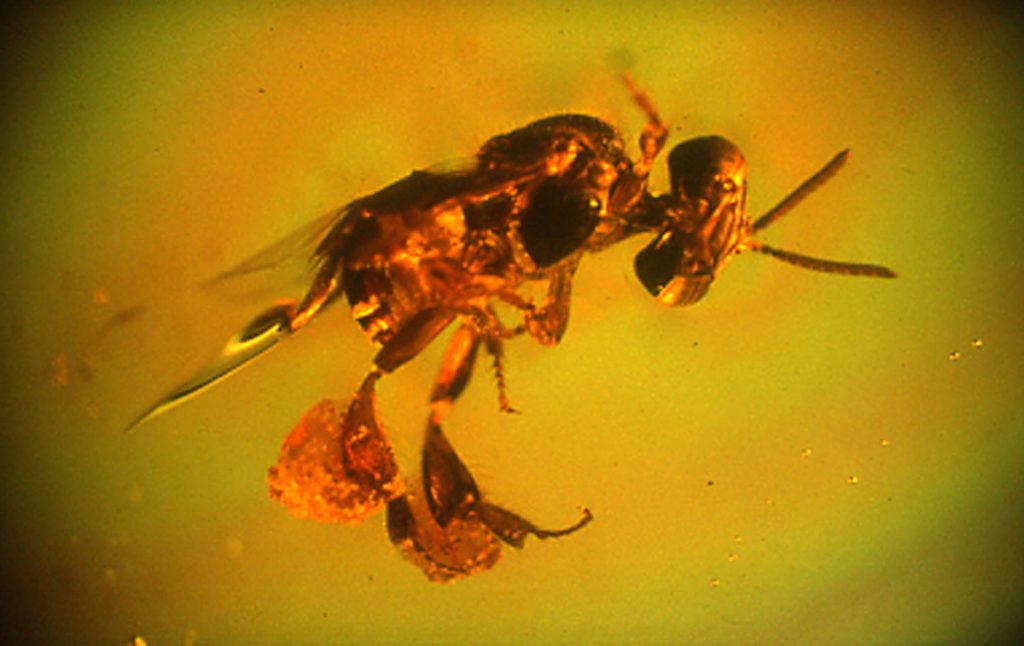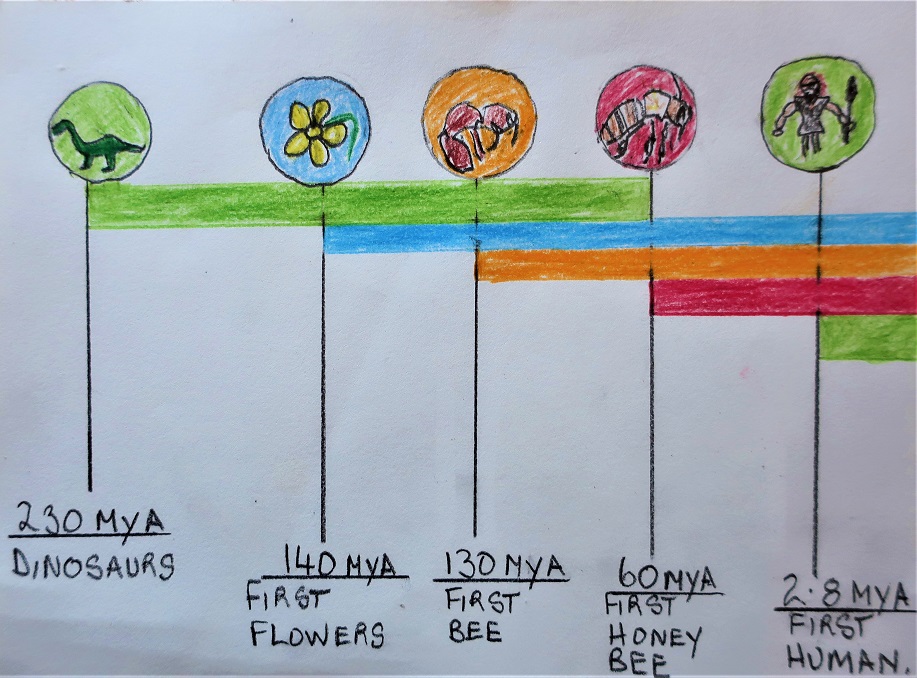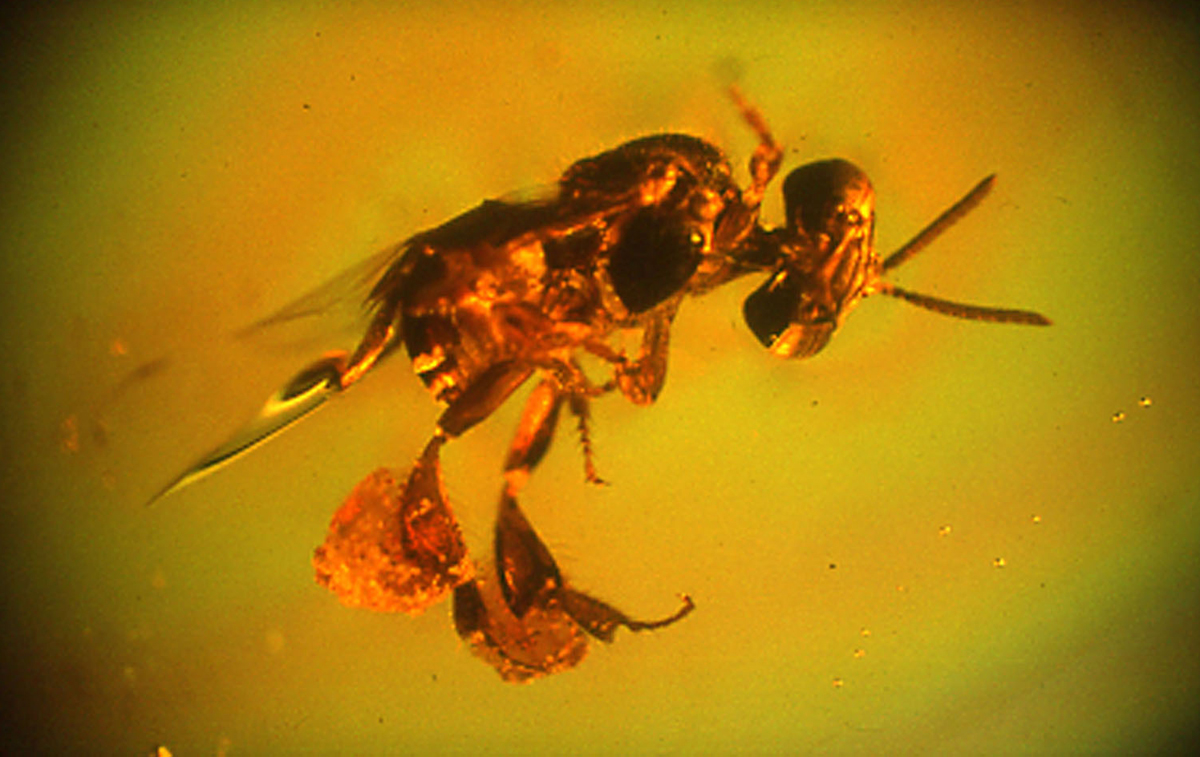
Introduction.

We can’t alter history in terms of what actually happened but we can change what we understand about the adaptation and evolution of species based on new scientific discoveries and evidence. It is now possible to make more accurate estimates of where and when things occurred using sophisticated carbon dating, DNA analysis, and radio isotope technology. Until very recently we believed that honey bees evolved in Africa and spread from there to the rest of the world. However, Dogantzis and colleagues1 found compelling evidence that honey bees (Apis species) descended from a common ancestor in Asia. The Western honey bee, Apis Mellifera, evolved from a population of honey bees that originally lived in Asia but expanded its range into Africa and Europe along the way differentiating into the species Apis Mellifera.
The map above shows three Apis “territories”. The honeycombed one, over southeast Asia and India, shows the centre of diversity for the genus Apis. The eastern territory surrounded by a dashed line shows the distribution of Apis cerana. The western region surrounded by a dashed line shows the distribution of Apis mellifera.
Ice Ages.
Most of the world has experienced at least 5-6 ice ages over the past 3 billion years and during some of these times not everywhere was frozen solid. Animals such as honey bees moved south to warmer countries such as Southern Europe and Africa to seek refuge from the ice, and when the climate warmed some honey bees migrated back north again. This happened ca. 12 thousand years ago at the end of the last ice age. Incidentally we are currently experiencing an interglacial period known as the Holocene Epoch.

If you study the map above you can see arrows pointing the direction travelled and the distribution of the subspecies of Apis mellifera near the end of that last ice age. How did these subspecies come about? Read on to find out.
Carnivorous Wasps.
The evolution of honey bees in Asia makes fascinating reading. Did you know that they developed from within a group of tiny carnivorous wasps that fed on thrips over 100 million years ago (MYA)? Thrips are tiny insects from the order Thysanoptera of which there are 3 families and 179 species. Some thrips feed on fungi but others feed on plants and can be a nuisance to agriculture. They are pretty small at between 1-3 mm long but thrips in the UK are larger and around 7 mm long.
Enough about thrips, but one early wasp species must have got fed up eating them because it broke away to try plant pollen instead which precipitated the slow evolutionary process towards diversifying into another species. We’re going back millions of years, give or take a few, and it is very hard to conceptualise such vast stretches of time so I have drawn a time scale for you.

During the Cretaceous period, 230 MYA, dinosaurs thundered through the forests feeding on any available plants (gymnosperms), or each other. The flowering plants, called angiosperms, had not evolved at this point and most insects were carnivorous. But by around 140 MYA, flowering plants had evolved to secrete pollen initially. They further evolved to be even more attractive to pollinators by producing nectar thus creating another reward for insects. It didn’t stop there; flowers kept on evolving new strategies such as colour, shape and perfume to lure insects.
Adaptive Radiation.
So, flowers came first but were closely (relatively speaking) followed (10 MY later) by the first bee that evolved from the tiny carnivorous wasp. Changes in environment and diet cause what biologists call adaptative radiation in animals and it means that they have to evolve quickly to survive and thrive as a species in a new situation. Adaptive radiation is a process by which organisms diversify rapidly from an ancestral species into many new forms when changes in the environment make new resources available. In the human world, recent research reports that humans have become taller since they began drinking milk.
When Charles Darwin visited the Galapagos islands in 1835, he noticed that the beaks of finches were quite variable, and on one island where they fed on seeds in hard shells their beaks were larger and stronger than the finches on the other islands who fed differently.
Getting back to bees, over time the early bee needed to develop equipment for collecting pollen so body hairs and pollen baskets (corbiculae) on the tibia of their hind legs eventually developed. When bees started collecting nectar their mouthparts had to adapt to become more efficient and so it went on with development and now we have today’s amazing honey bee. Changing from a meat diet to a plant based one must have given bees an evolutionary advantage according to Dogantzis.
Adaptative radiation accounts for the different subspecies of the genus Apis. The Dogantzis paper states that the genus Apis is comprised of 12 surviving species forming 3 groups; the giant honey bee, the dwarf honey bee (both open nesting) and the cavity-nesting bee of which our Western honey bee (Apis mellifera) is a member. There are ca. 23 subspecies of Apis mellifera. This is the interesting part involving what happened after the last ice age when honey bees came out of Africa to settle in other part of the world that had warmed up. Honey bees adapted to a variety of climates (except antarctica) including rainforests, deserts, savannah and cooler temperate regions and each of these regions now have native honey bees that are best suited to those regions. The African bees that stayed at home adapted to deal with certain pests better than other subspecies can, and for them the native endemic small hive beetle is not a problem. Apis mellifera mellifera (Amm) went the furthest north into Europe and became ideally suited to the cold climate by adapting and developing a hairier body and maintaining smaller colonies that overwintered better than other subspecies in cold weather because they were smaller and thriftier with stores. Amm is darker than most other subspecies which perhaps helps them absorb the sun’s warmth on cold foraging days.
How to we know the timescale for the evolution of bee from wasp? Discovering rock fossils and insects entombed in resin has enabled scientist to gather crucial information. If you visit The Museum of the Earth online you can view some of the most beautiful photographs of bees trapped in amber. https://www.museumoftheearth.org/bees/evolution-fossil-record . You can see the tiny Pemphredonine wasp from Myanmar which is 100 MY old and one of the closest relatives of bees. Its abdomen looks not unlike those of our honey bees today.
Amber is a semi-precious gemstone made from tree resin. Some trees exude resin when they are damaged and it is so sticky that insects often get stuck in it. Millions of years ago the resin hardened around these insects encasing and preserving them so that they can be seen today in almost perfect detail. Amber can be found all over the world but it is most commonly seen along the Baltic coast.
Did you know that once North America had a native honey bee called Apis nearctica but it became extinct millions of years ago? It was found as a rock fossil2 rather than a prisoner of amber. The US was not to have honey bees again till the 1600’s when the settlers brought them out in ships from the UK.
I hope that this article helps you understand the long evolutionary journey of the honey bee and why the best bees for any area are the ones that have been adapted to live there.
References.
References:
1Kathleen A. Dogantzis1 , Tanushree Tiwari1 , Ida M. Conflitti1 , Alivia Dey1 , Harland M. Patch2 , Elliud M. Muli3,4 , Lionel Garnery5 , Charles W. Whitfield6 †, Eckart Stolle7 , Abdulaziz S. Alqarni8 , Michael H. Allsopp9 , Amro Zayed1 , 2021, Thrice out of Asia and the adaptive radiation of the western honey bee, Sci. Adv. 7, eabj2151 (2021) 3 December 2021
2Michael S. Engel1,2, Ismael A. Hinojosa-Díaz1, and Alexandr P. Rasnitsyn3,4, 2009, A Honey Bee from the Miocene of Nevada and the Biogeography of Apis (Hymenoptera: Apidae: Apini) PROCEEDINGS OF THE CALIFORNIA ACADEMY OF SCIENCES Series 4, Volume 60, No. 3, pp. 23–38, May 7, 2009.
https://www.museumoftheearth.org/bees/evolution-fossil-record


That is completely fascinating. What a wonderful story of wasps and bees, thank you so much for all the research you’ve put in to inform us.
Hello Liz. I am glad that you enjoyed the story as much as I enjoyed researching and writing it. Thank you for commenting.
I love your hand drawn timelines! Also, I wonder just how much difference there is between some of the sub-species, as 23 of them seems a lot. When Amm arrived after the last ice age average temps for winter in southern Britain were 0 – 4 deg C, and average summer temps 12 – 16 deg C. Colder than today. However, the amount of CO2 now in the atmosphere is similar to 12 million years ago, when temps were about 3 deg C higher than now, and it was much wetter (this is what’s coming for us). Very few isolated populations of bees, so they soon get mixed up anyway.
Hello Steve. Thank you for your comments. Yes there are a lot of subspecies of Apis mellifera and I was suprised at 23 too. Most of them are in places like Africa and other parts of the world where queens are not shipped in,so there is not so much mixture and the differences are retained. Madagascar and Apis mellifera unicolour (can’t find italics for that!) is an example. Biogeography & Taxonomy of Honeybees by Friedrich Ruttner,published by Springer, is a good reference book, and Professor Grace McCormack’s recorded lecture on wild honeybees at the National Honey Show is worth listening to as she more or less addresses your last sentence in terms of local bees doing better at surviving than imported bees.https://www.youtube.com/watch?v=kRywONwvSnE